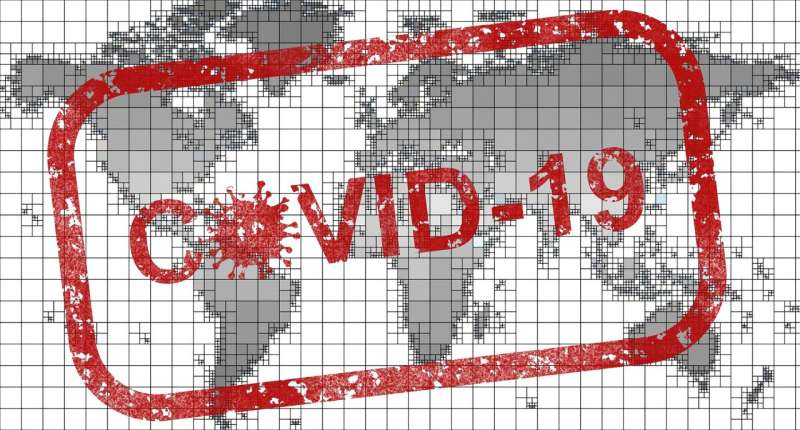
There is not yet enough evidence to recommend Omicron-specific COVID-19 jabs over the original versions, the World Health Organization’s vaccine experts said Tuesday.
Four variant-containing mRNA vaccines which include Omicron subvariants BA.1 or BA.4/5 in combination with the ancestral virus have been authorised for use as booster doses.
The vaccines adapted to the globally-dominant variant may offer only a “minute incremental benefit”, the WHO’s Strategic Advisory Group of Experts on Immunisation (SAGE) said.
The WHO has given its Emergency Use Listing green light to nine COVID-19 vaccines and variations—Pfizer/BioNTech, AstraZeneca, Janssen, Moderna, Sinovac, Sinopharm, Bharat Biotech, Novavax and CanSinoBIO.
“Currently available data are not sufficient to support the issuance of any preferential recommendation for bivalent variant-containing vaccine boosters over ancestral-virus-only boosters”, SAGE said in a statement.
SAGE executive secretary Joachim Hombach said the experts had found that the variant-containing vaccines neutralise to the same extent as the ancestral ones, with a “slightly superior neutralisation of the Omicron variant”.
“It’s a relatively modest effect which we can see in the laboratory,” he said.
“What we cannot do is to relate these laboratory measures with an increase in clinical protection,” because such effectiveness data is not yet available.
“Since our recommendations should be really grounded in evidence, we cannot issue a preferential statement for these vaccines,” Hombach said.
“These vaccines are absolutely fine, but what is much more important” for protection “is that you actually take the vaccine”—whether tweaked for Omicron or not.
“This is what is making the difference,” whether for the first or second booster, Hombach said.
The Omicron variant accounted for 99.9 percent of virus samples collected in the last 30 days that have been sequenced and uploaded to the GISAID global science initiative.
Of these, the BA.5 group of Omicron sub-variants remain globally dominant at 81 percent, followed by BA.4 at eight percent and BA.2 at three percent.
Source: Read Full Article
